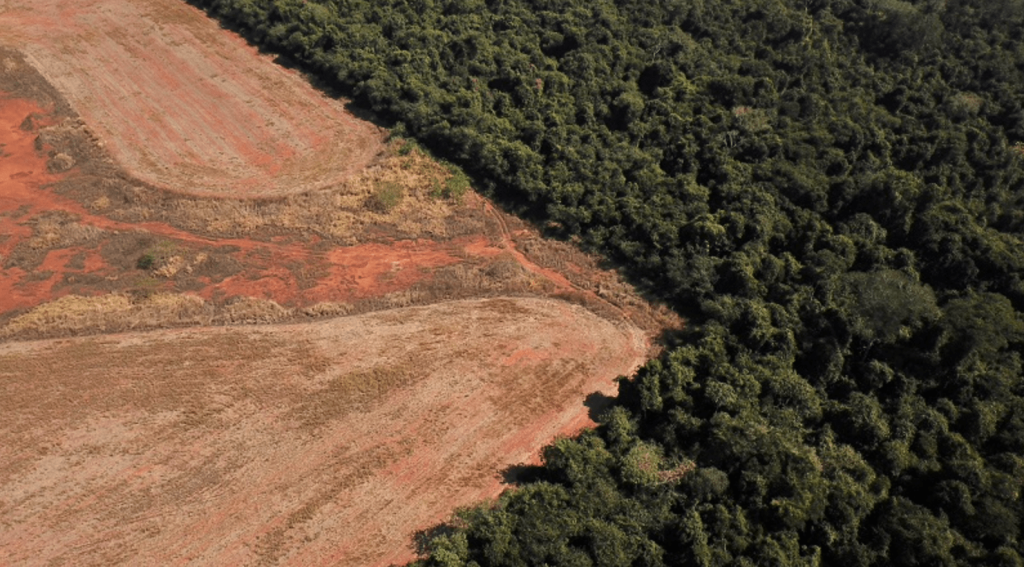
Photo Credit: REUTERS/Amanda Perobelli
By: Elizabeth Arritola, 2L
The Cerrado is a biodiverse savanna region in Brazil located southeast of the Amazon. Although the Cerrado is not as well-known as the Amazon, it houses over 800 bird species and almost 200 mammals, providing up to 30% of Brazil’s biodiversity. The Cerrado also has 60 vulnerable animal species. Many of the region’s local communities rely on its 11,000 plant species, about half of which do not live in any other geographical region on Earth. Additionally, the Cerrado’s rainfall is crucial in providing water for crops, animals, and the millions of inhabitants in the rest of South America.
Unlike the Amazon, which has seen a 22.3% decrease in deforestation between August 2022 and July 2023, the deforestation in the Cerrado has increased by about 45% in the last year, its highest level since 2019. The Cerrado’s high level of deforestation is partially because of the aggressive expansion of soy and beef production in the region. While most of the deforestation has been illegal, some has been legal and has occurred on private land. The stark difference in levels of deforestation between the Cerrado and the Amazon is due to differing priorities throughout the years.
President Luiz Inácio Lula de Silva (Lula), Brazil’s current president, promised to eliminate deforestation in Brazil by 2030. Lula made this vow after deforestation in the Amazon was at its highest in 15 years. Recently, Lula has promised to provide financial support to the municipalities that reduce deforestation at the highest rates. This financial support would come from the Amazon Fund, which has raised over $1 billion. The fund will also invest in resources such as land titling and monitoring. While this money will be beneficial to reduce deforestation in the Amazon, it has not applied to the Cerrado. There are also less stringent requirements for deforestation in the Cerrado compared to the Amazon. For instance, according to Brazil’s Forest Code, landowners in the Cerrado may legally cut down between 65% and 80% of the trees on properties, while in the Amazon, landowners may only cut down 20% of trees.
While the Brazilian government has taken more steps to reduce deforestation in the Amazon, as opposed to the Cerrado, organizations have made efforts to reduce deforestation in the Cerrado. For example, The Responsible Commodities Facility (RCF) Cerrado Programme Fund provides financial incentives to farmers who follow specific guidelines and the Forest Code. This aid has been beneficial because the Forest Code has proven difficult to implement. As of late 2023, the RCF had expanded to $47 million and has helped produce deforestation-free soy and protect the region’s habitats. With movements like these, there is hope for the Cerrado region.




